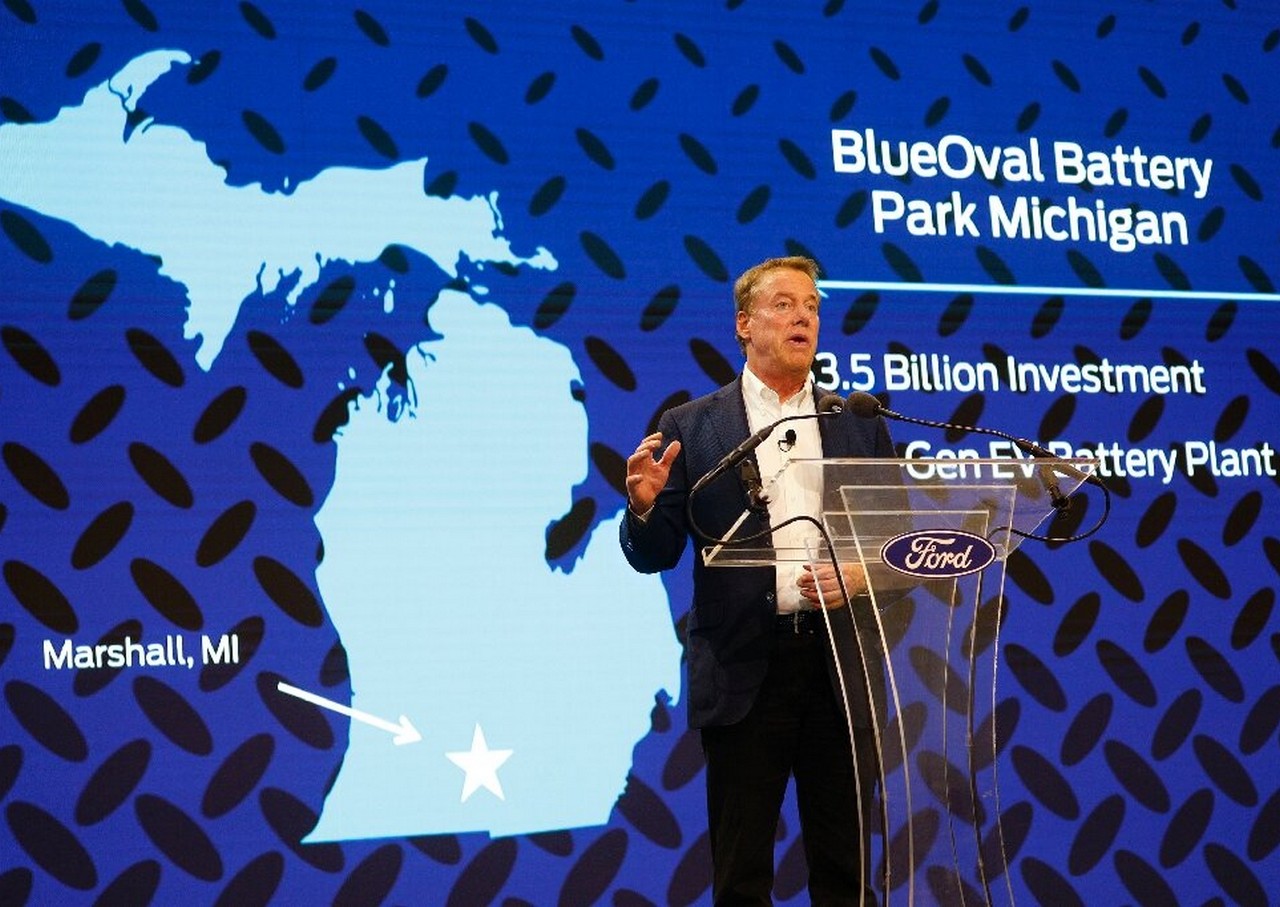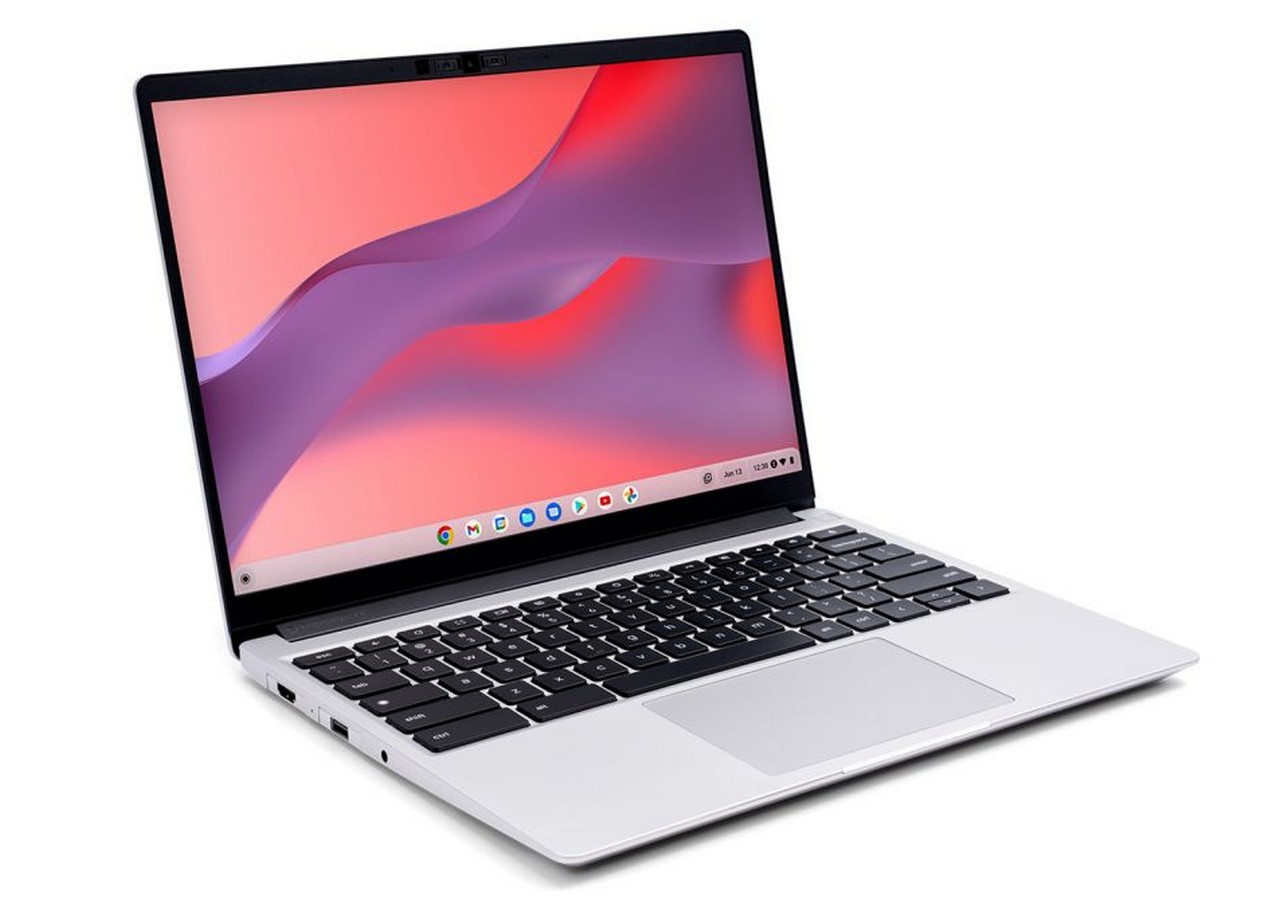Home manufacturing of photo voltaic panels—most of which at the moment are made in Asia—can velocity up decarbonization within the U.S. and cut back local weather change sooner, in keeping with new Cornell Engineering analysis revealed March 8 by Nature Communications.
“If we carry the photo voltaic panel manufacturing again to the U.S., it helps us notice decarbonization objectives sooner,” mentioned Haoyue Liang, a doctoral pupil in techniques engineering, who co-authored “Reshoring Silicon Photovoltaics Manufacturing Contributes to Decarbonization and Local weather Change Mitigation” with Fengqi You, the Roxanne E. and Michael J. Zak Professor in Power Methods Engineering.
“As photo voltaic photovoltaic panels emerge as a significant energy supply that may characterize the U.S. power marketplace for the rest of the twenty first century,” Liang mentioned, “manufacturing and sourcing panels right here will align with our local weather targets and our power coverage objectives.”
Manufacturing crystalline silicon photovoltaic panels within the U.S. solves logistical challenges and eases greenhouse fuel issues, in keeping with the paper.
The scientists analyzed manufacturing within the U.S. to be taught the way it may shrink greenhouse fuel emissions and power use. If photo voltaic panel manufacturing can return to the U.S. by 2035, the greenhouse fuel emissions ensuing from panel creation can be diminished by 30% and power consumption can be lower by 13%, in comparison with 2020, when the U.S. relied nearly solely on worldwide buying and selling companions.
By 2050, the photo voltaic panels made and used within the U.S. will probably be extra environment friendly, and can cut back the carbon footprint by 33% and use 17% much less power than photo voltaic panels sourced globally in 2020.
The climate-change mitigation forecast can be fulfilled by each reshoring the photo voltaic panel manufacturing again to the U.S. and having largely renewable power on the ability grid, which is anticipated within the subsequent many years.
Based mostly on projections in regards to the power decarbonization transition that occurs alongside reshoring, You mentioned, the U.S. will see a bigger share of renewable energy accounting for major power consumption and an general decrease major power consumption over time for photo voltaic panel manufacturing.
The federal Inflation Discount Act—signed into legislation in August 2022—offers $369 billion in enterprise incentives and tax credit to construct a clear power financial system, in keeping with the White Home. Along with wind generators and grid-scale battery crops, the act offers for the manufacturing of than 950 million photo voltaic panels.
In 2022, about 4.24 trillion kilowatt hours of electrical energy have been generated domestically at utility-scale crops in the US, in keeping with the U.S. Power Data Administration. About 22% of that electrical energy got here from renewable power sources, however solely 3.4% was generated from solar energy.
“By 2050, round half of U.S. electrical energy will come from photo voltaic power. Now, we solely have about 3%,” You mentioned. “The U.S. is ramping up. We’re going to improve photo voltaic capability from 74 gigawatts in 2022 to a projected 1,600 gigawatts by 2050. Meaning we’ll want much more panels within the subsequent three many years.”
The worldwide provide chain for crystalline silicon photovoltaic panels is more and more fragile, You mentioned, because the latest delivery disaster throughout the pandemic and different geopolitical dangers threaten to postpone main photo voltaic initiatives.
“The consequences of provide chain restructuring proceed to propagate all through the photovoltaic trade,” he mentioned, “because the overreliance on international commerce construction emphasizes disruptions that jeopardize all nations concerned.”
The brand new paper creates affordable predictions for eventualities that contain a U.S.-centered home provide of panels, which may result in a aggressive provide chain of photo voltaic panel module elements manufacturing in areas like Alabama, Florida and Georgia.
“When you think about the photo voltaic panel trade will develop by an element of over 10 till mid-century, these greenhouse fuel emission financial savings might be fairly important,” mentioned You, who can be a senior college fellow at Cornell Atkinson Heart for Sustainability.







